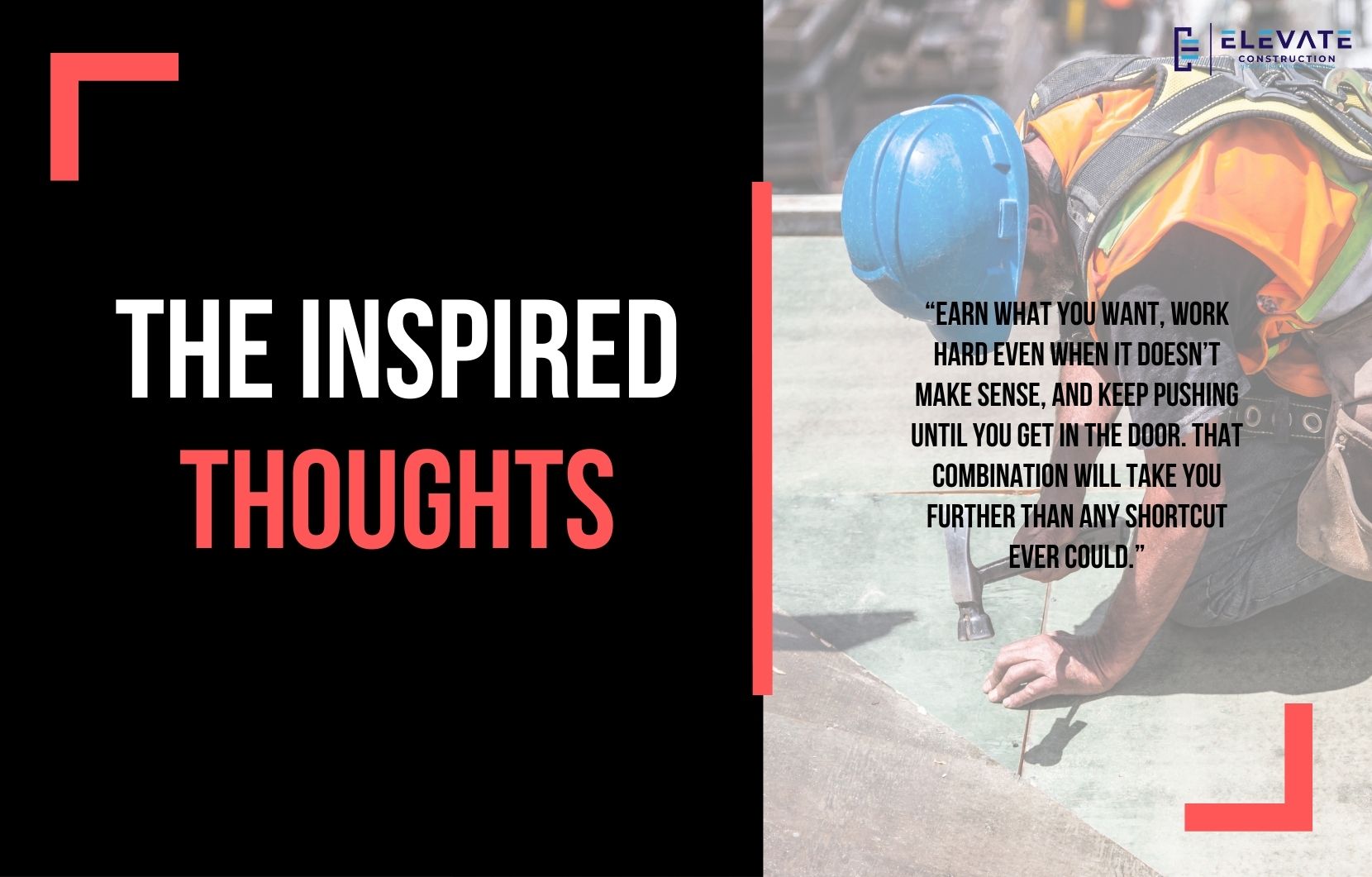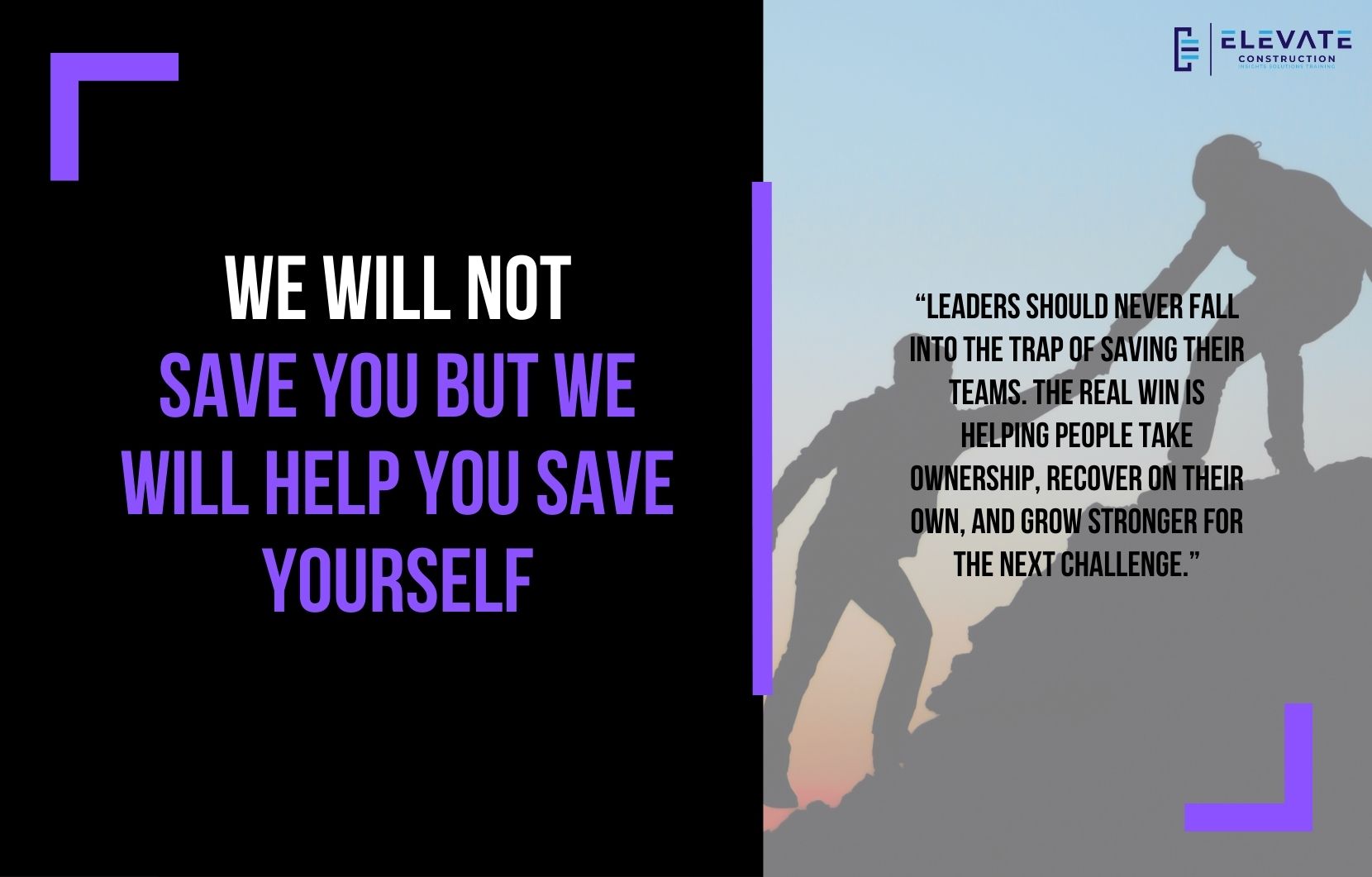What Is a Work Plan in Construction?
I am so stoked about this blog because I get to break down what I believe a work plan in construction really is. The truth? A work plan is whatever you need it to be so your team has a full kit – everything required to finish the job without delays.
When you understand and apply this concept, you’ll start to see construction in a whole new way. Let’s dive in.
What Is a Full Kit?
Think of a work plan like a box. Inside that box, you should have:
- People – the right team members, ready to go.
- Plan – packaged and communicated.
- Resources – tools, equipment, and materials.
- Environment – a clear, safe space to work.
- Expectations – especially around quality and safety.
- Information – layouts, permissions, and contingency planning.
The bottom line: Don’t start a task until you’re ready to finish it.
Different Ways to Build a Work Plan:
Work plans don’t all look the same. Here are some common formats:
- Handwritten sheets.
- Full work packages in PDF or printed binders.
- Visual kits or illustrated “IKEA-style” instructions.
- Room-by-room prefab kits with everything you need.
The format doesn’t matter; the key is having a complete, ready-to-go kit.
Real-World Example:
On a bioscience laboratory project, we faced constant drywall changes at the end, what I call the “drywall gremlins.” To solve it, we pre-coordinated every utility, device, and wall in Revit, then pre-cut and prefabbed everything.
Each room had its own pre-kitted box; Room 210 had a labeled box with every device, fitting, and piece of conduit needed. Crews could simply grab a box and build. The result? Faster, smoother, and cheaper than rework.
Using Crew Boards:
On well-run takt projects, crews use a crew board with:
- Front side: lookahead schedules, weekly work plans, daily plans, logistics maps.
- Back side: prep meeting agendas, scorecards, success metrics.
Each pocket holds a different work package so crews can pull exactly what they need.
The Work Plan Process:
A strong work plan follows a repeatable process:
- Appoint a leader.
- Understand the mission.
- Gather information (especially from your crew).
- Make the plan collaboratively.
- Communicate the plan clearly.
The goal? For your team to see as a group, know as a group, and act as a group.
Why Communication Matters:
One of the biggest lessons we can learn comes from Japanese lean culture: total participation. Everyone is aligned, everyone contributes, and nothing starts until the team is unified.
That’s why communicating your plan isn’t optional, it’s essential. It ensures your team moves in the same direction, together.
Key Tip:
If an activity takes X days, then you should spend half that time planning and prepping your full kit before starting. This planning gate prevents wasted time, rework, and frustration in the field.
Final Thoughts:
A work plan in construction isn’t just paperwork, it’s the difference between chaos and flow. Whether you use a handwritten sheet, a prefab kit, or a digital package, the principle stays the same: Don’t start until you’re ready to finish.
If you want to learn more we have:
-Takt Virtual Training: (Click here)
-Check out our Youtube channel for more info: (Click here)
-Listen to the Elevate Construction podcast: (Click here)
-Check out our training programs and certifications: (Click here)
-The Takt Book: (Click here)
Discover Jason’s Expertise:
Meet Jason Schroeder, the driving force behind Elevate Construction IST. As the company’s owner and principal consultant, he’s dedicated to taking construction to new heights. With a wealth of industry experience, he’s crafted the Field Engineer Boot Camp and Superintendent Boot Camp – intensive training programs engineered to cultivate top-tier leaders capable of steering their teams towards success. Jason’s vision? To expand his training initiatives across the nation, empowering construction firms to soar to unprecedented levels of excellence.
On we go










